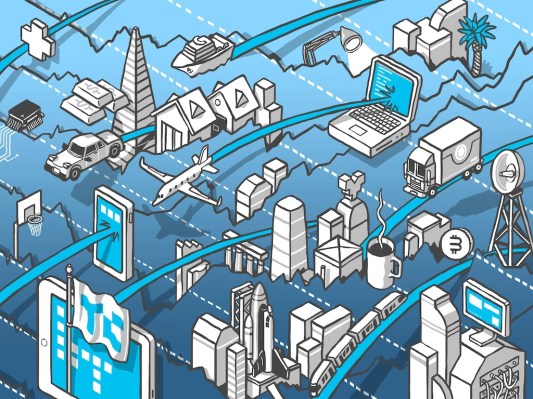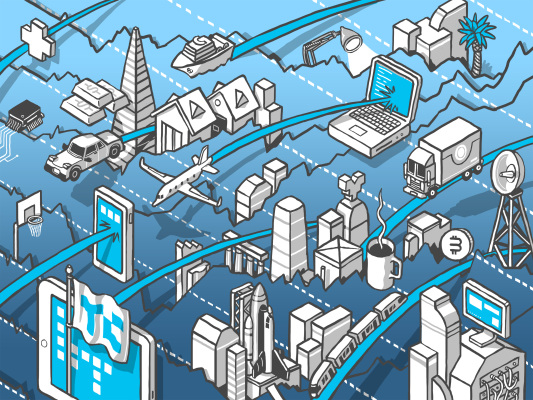
Boston-based Toast has been on a roller coaster over the last year.
From raising $400 million in February 2020 at a nearly $5 billion valuation, the company cut staff in March after COVID-19 turned its business upside down. Toast had recorded 109% revenue growth in 2019.
Toast’s ups and downs were hardly over. The company has since recovered greatly since those early-COVID layoffs. Evidence of that comes in the form of the company’s reportedly-pending IPO and reportedly possible $20 billion valuation.
The Exchange explores startups, markets and money. Read it every morning on Extra Crunch, or get The Exchange newsletter every Saturday.
It feels like every IPO these days is blasting final private valuations out of the water, but Toast’s ascent from layoffs to an IPO in under a year is an impressive turnaround. And that’s if it prices flat at $5 billion. Anything higher is just cream for the software unicorn.
Until we get the S-1, we won’t know the full details. That said, anotherr company that operates in a similar part of the restaurant technology market is going public at the moment, and we have its S-1 filing: New York-based Olo.
This morning, while we await the numbers from Toast that should prove as interesting as Airbnb’s own COVID-19 recovery, let’s peek at Olo’s results to get a taste of the market that Boston’s leading startup dealt with in 2020.
Olo’s IPO
Olo isn’t a company that has been very loud in recent years; The New York-based software company last raised capital in 2016 when it picked up $40 million in a Series D.
It’s business has three parts, per its S-1 filing. First, Olo offers white-labeled ordering software. And its service also helps restaurants handle delivery options, what it calls “dispatch.” Finally, Olo’s software, in a nearly Yext-like fashion, delivers restaurant information to online platforms.
Toast, as a reminder, offers point-of-sale services, along with online ordering and delivery services similar to Olo. Notably, Toast has been expanding its software lineup, adding payroll management recently among other offerings, including email marketing tools.
But both companies generate software (SaaS) and consumption (transaction-based services) incomes from the restaurant space, so if one had a big 2020, it’s likely that the other swam in similar waters.










